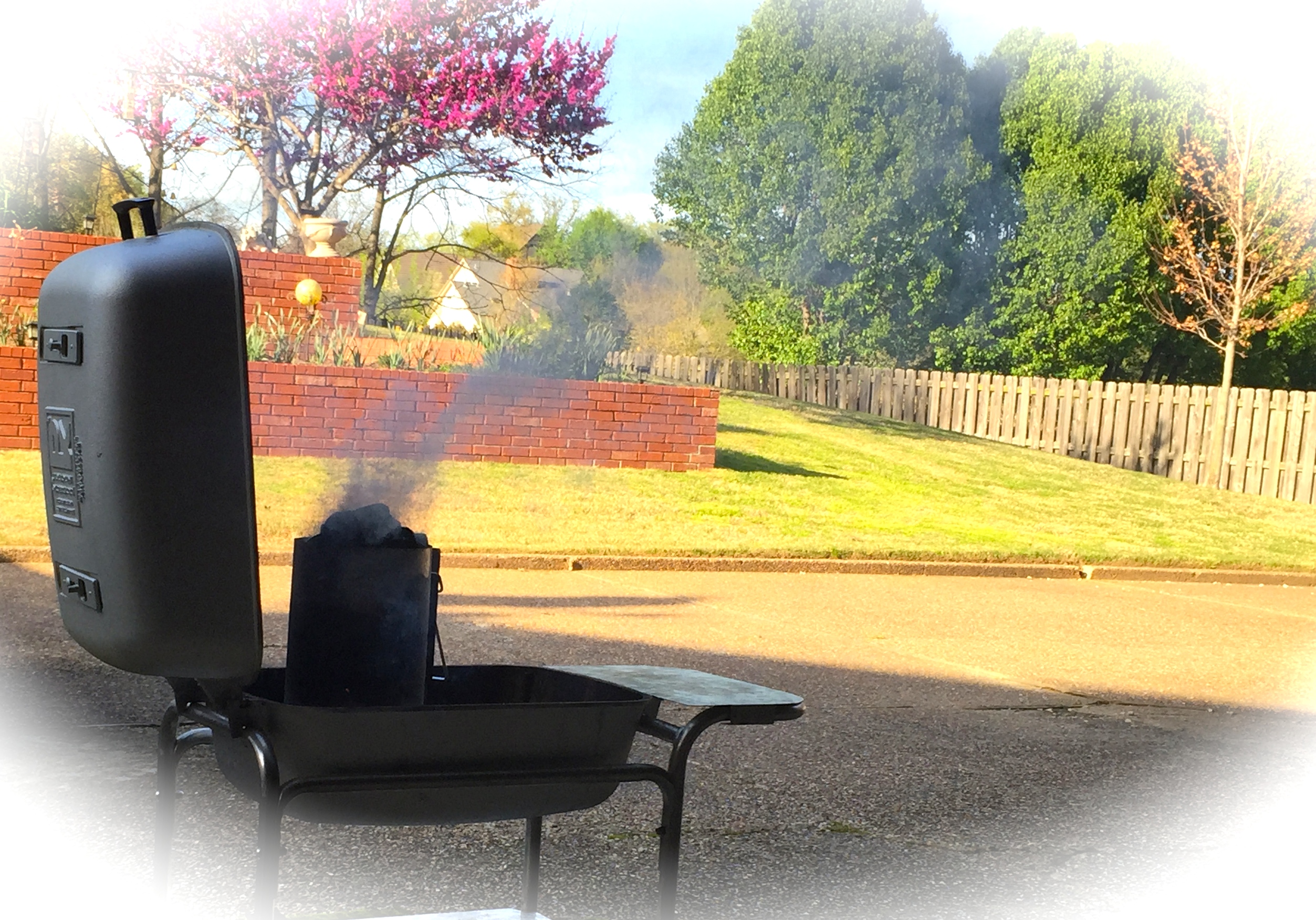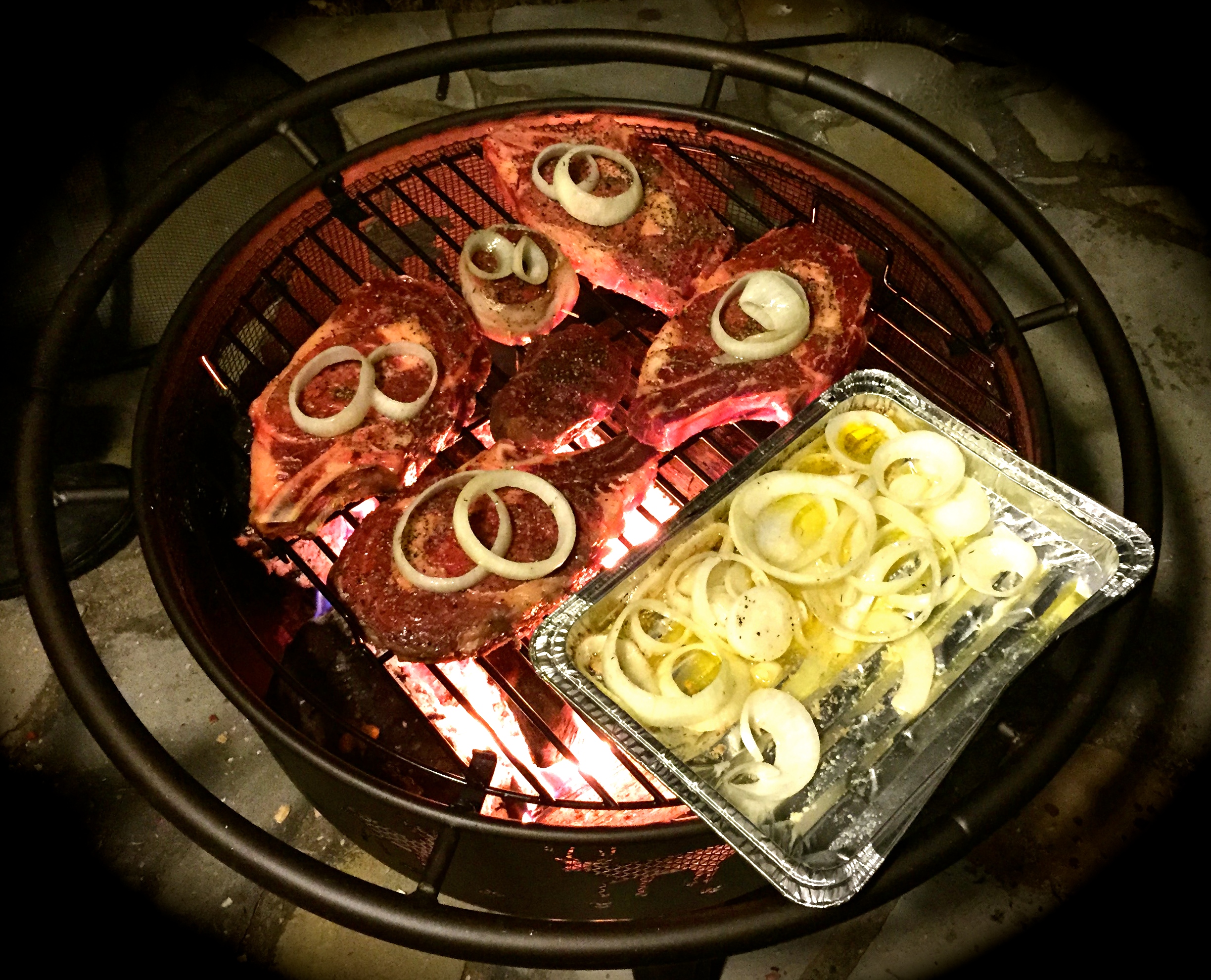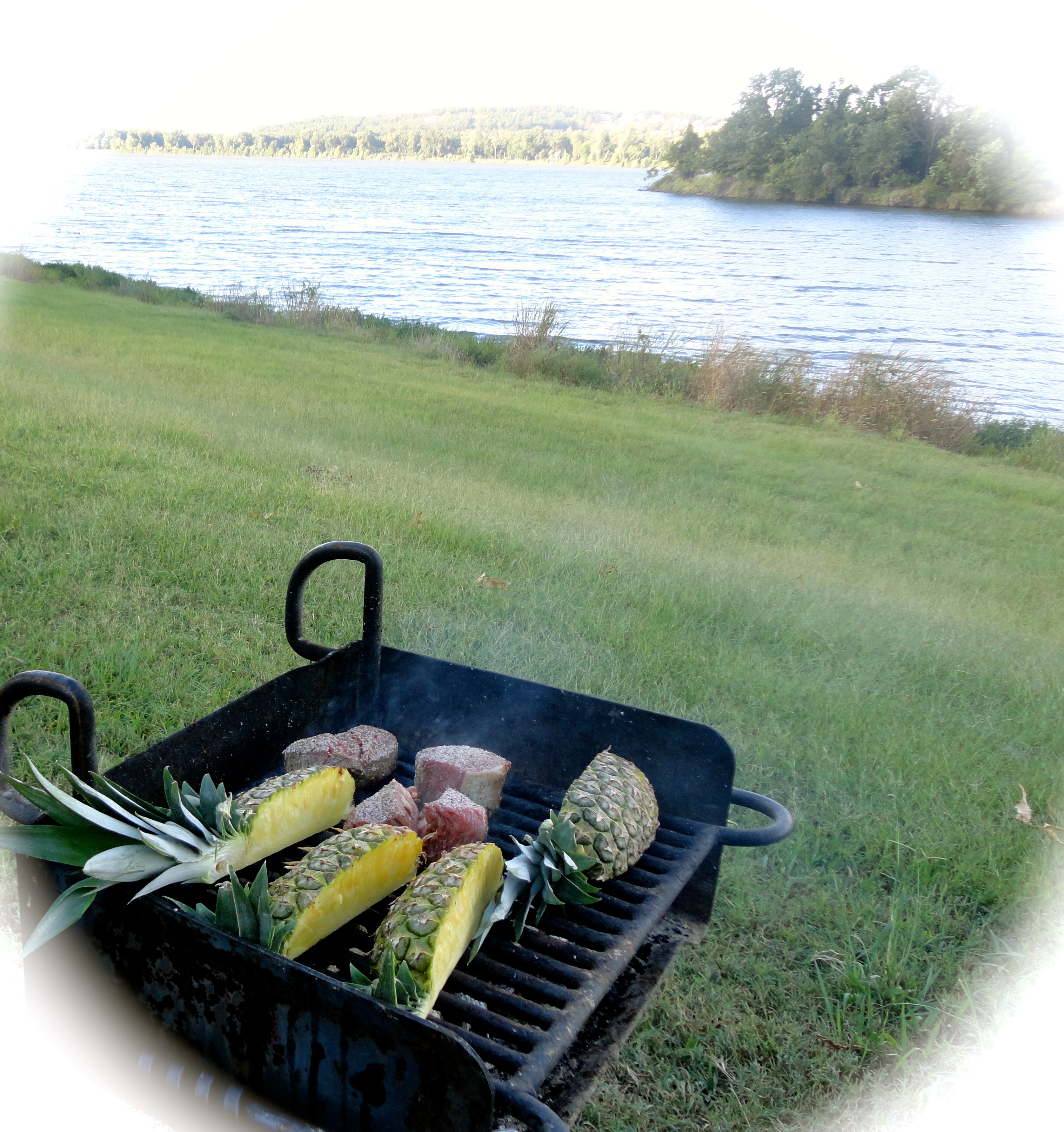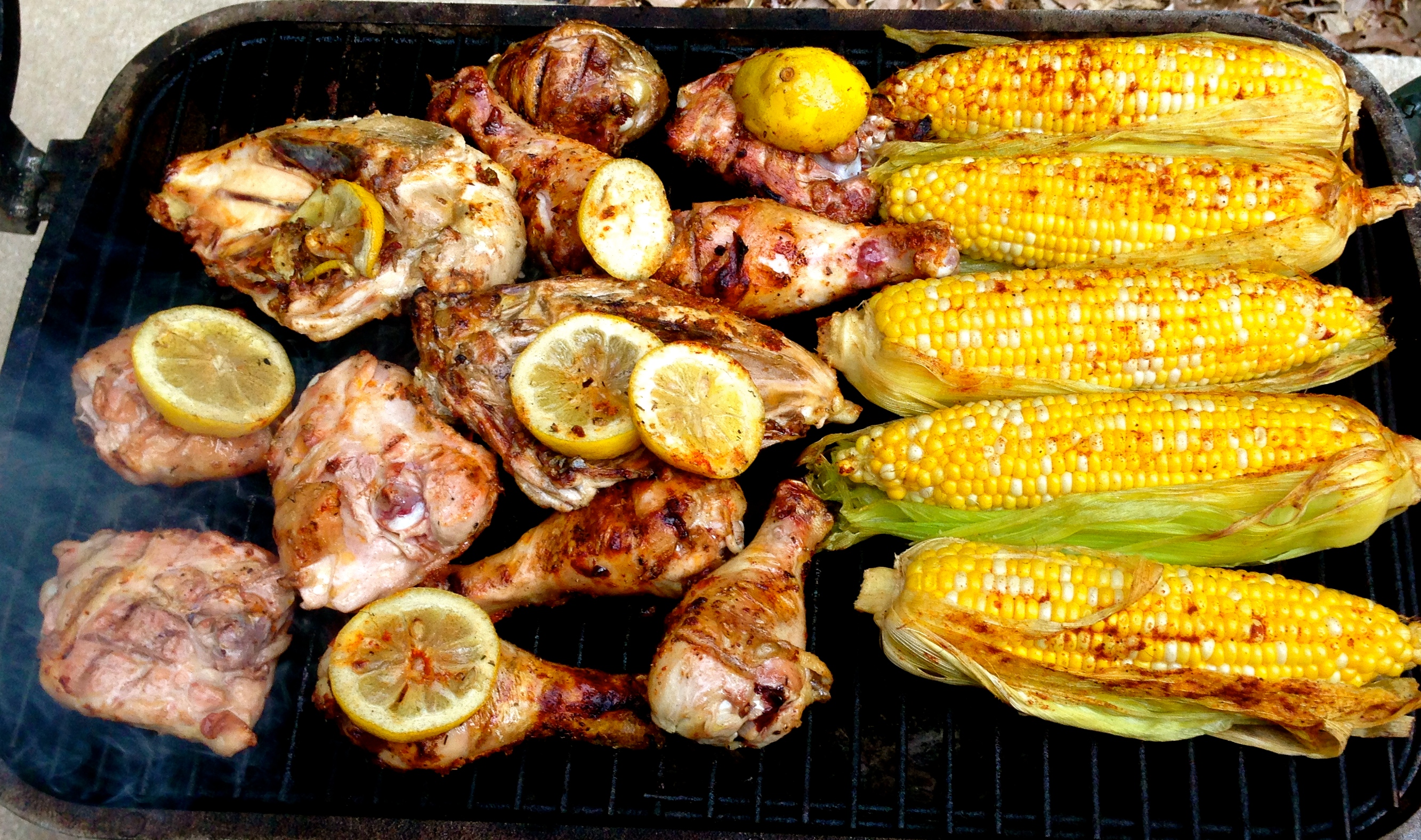It’s time to talk grills! And if you have ever seen my backyard (and much to one neighbor’s chagrin, my front porch), you know that I possess a plethora of grills. Owning a variety of types, shapes, and sizes of grills seems natural to me, but apparently, not to everyone.
Fairly often,I’m invited to grill at a friend’s house and the dialogue goes like this:
Me: “Sure, I would love to fire up one of your grills and create a fiery feast of the moment.”
Friend: “Yeh, we were kind of thinking of something simple, like hot dogs.”
Me: “Think again, my friend. Tell me about your grills?”
Friend: “I have a grill —no “s””
Me: “My poor, dear friend, tell me about your one, lonely grill.”
Sadly, the growth of my plethora has been stunted in recent years due to Wife-of-the-Boar’s moratorium against any new acquisitions —but high level negotiations are underway to bring an end to that nonsense (alas, this is fragile diplomacy —the use of that one word will probably stymie progress a bit). Luckily, I discovered a loophole in the moratorium allowing new grills to be purchased in the name of Children-of-the-Boar —that’s my interpretation, anyway.
In preparation for the imminent lifting of the moratorium (see how optimistic I can be), here is the Convivial Boar’s Guide to Grills:
Grills matter, but they are not everything
Fantastic creations of the moment can be orchestrated with just a few rocks and a primitive grate to hold the food. Remember, the only essential item is the fire, and in keeping with the words of Thoreau —simple is better. So, don’t let the absence of the latest and greatest grill get in the way of creating.
The fuel defines the grill
The three categories of grills are charcoal, wood, and gas. Here are some of my thoughts about the difference in these grills:
Gas grills are a convenient, albeit less-flavorful, form of grilling. In truth, they are not much different from a gas cook range. Because you are cooking over an active flame, flare-ups are a challenge (look for a model that places a metal shield over the flames, sometimes given a cute name like flavor bars). The intensity of the heat is controlled by adjusting the amount of gas being fed to the fire. Wood chips can be used to add a hint of smoky flavor. Because gas grills involve less ceremony and diminished festive flair, I relegate the use of them to instances where nothing else is available or the time demands are tight —which is surprisingly often, even for a boar of leisurely tendencies.
Charcoal grills offer the romance of real fire in a controlled environment. The basic construction includes a grate for the charcoal, a rack for the food and maybe a lid. The heat is controlled by how you build the fire and how far you place the food from the fire (or I should say coals). In selecting a charcoal grill, pay attention to the materials from which it is constructed —thicker walled materials hold the heat better. To harness the power of your fire, you need airflow controls—look for a grill with multiple vents.
My go-to charcoal grill is the Portable Kitchen made in Little Rock, Arkansas. The design is simple and the appearance is classically, elegant. It is constructed of cast aluminum which provides excellent insulation but is also light. For airflow control, it has two vents on bottom and two on top—perfect for taming the wildest of feast-making fires. To learn more click here.
For the truly adventurous feast-maker, a grill designed for burning wood logs is a fun, festive option. These grills can be as simple as a fire pit with a grate, or involve adjustable racks and rotisseries. Note: once the moratorium is fully lifted, the Boar will be in the market for a large Argentine-style, wood-burning grill with a fully adjustable cooking grate –this would make a great gift for Wife-of-Boar, don’t you think?
The shape and size of the grill are important —and should be matched for your particular creation
If items are too crowded, they will not cook correctly. Also, using too large a grill for small feasts does not make efficient use of your fuel. I find that an oblong or rectangular shape provides more options and flexibility for feast-making than grills that are round. Chiefly, this is because it is easier to establish heat zones on a rectangular grill —we will be discussing the importance of zones in a later post.
Most importantly, get to know your grill (or hopefully, grills)
Nothing beats a well-understood grill —except maybe one about to be unboxed. Fire up your grill early and often. Give yourself time to explore how it works without the pressure of hungry feasters peering over you.
Let’s talk grill “s”, my friend.





Nice post, Boar! Now let’s do some grilling soon. Sj
Thanks. I’m ready.
Boar, my family continues to believe that I’m pretty handy on a charcoal grill…..I’ll have to discourage them from following your posts if I intend to uphold that household belief!!! The photographs of your grilling mastery elevate you to a much higher level. I will continue to follow your posts in quest in an effort to “up my grilling game”….keep ’em coming!!!
Thank you, my friend. I’m happy to have you on board.